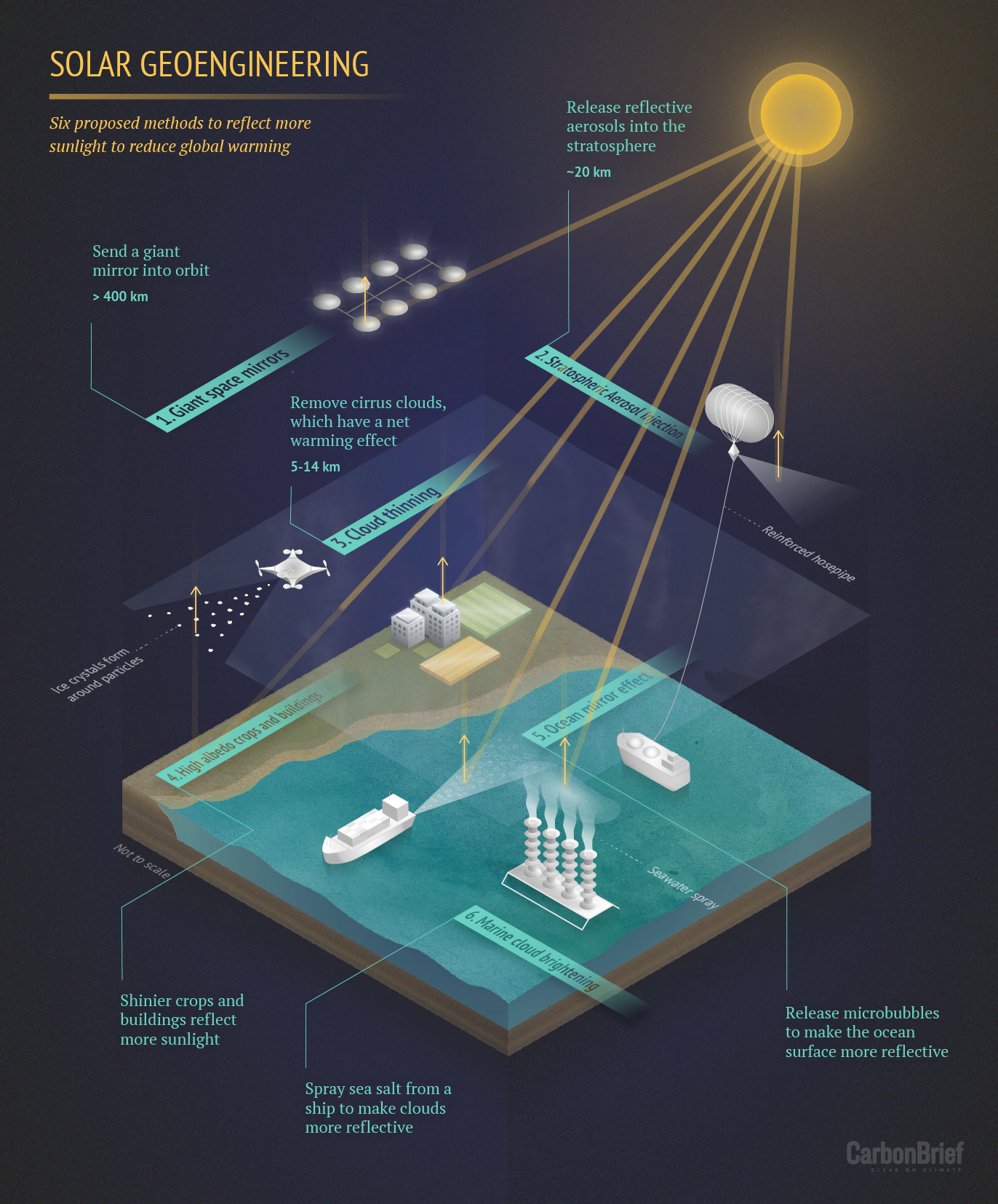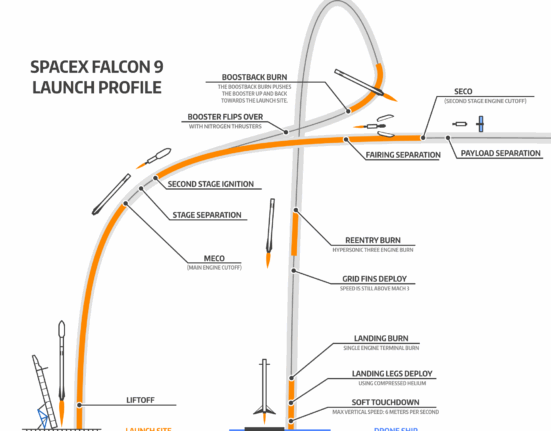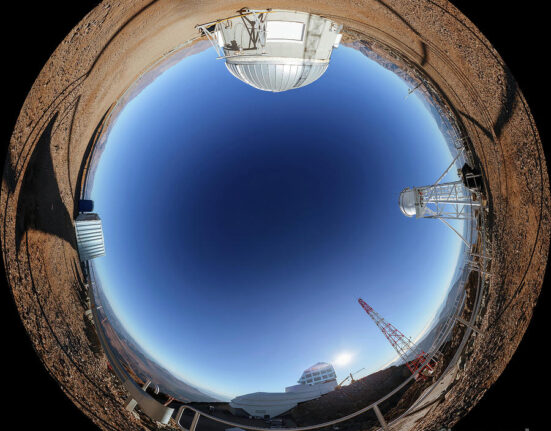Adding sunlight-reflecting particles into the upper atmosphere could potentially hold the key to cooling our warming planet. The dangers posed by escalating carbon dioxide emissions are becoming increasingly evident, with looming threats such as the disruption of critical ocean currents on the horizon. However, a recent modeling study sheds light on a possible solution involving injecting aerosols into the stratosphere to reflect sunlight and mitigate these risks.
The study indicates that implementing solar radiation management sooner rather than later is crucial in preventing catastrophic climate tipping points. Claudia Wieners from Utrecht University emphasizes the importance of taking proactive steps towards understanding and harnessing the benefits of this approach. She states,
“If you’re serious about preventing tipping [points], you need to take solar radiation management seriously.”
Imagine a scenario where we have the technology to strategically manipulate Earth’s atmosphere, effectively counteracting the harmful effects of greenhouse gas emissions. By introducing reflective particles into the stratosphere, we could potentially offset some of the excess heat trapped in our atmosphere, offering a temporary reprieve from escalating global temperatures.
However, while this concept holds promise as a tool for climate intervention, it also raises pertinent questions about its long-term implications and potential risks. As scientists delve deeper into exploring solar radiation management techniques, they must navigate a complex landscape of uncertainties and ethical considerations.
The notion of geoengineering – intentionally modifying our environment on a large scale – introduces a new dimension to climate change discussions. It challenges us to confront not only the root causes of global warming but also innovative strategies for mitigating its impacts across various ecosystems.
As we stand at a critical juncture in human history, facing unprecedented environmental challenges, experts warn against complacency in addressing climate change. The urgency for action is underscored by mounting evidence pointing towards irreversible ecological damage if decisive measures are not taken swiftly.
In this evolving narrative of climate resilience and adaptation, initiatives like solar radiation management emerge as bold experiments aimed at reshaping our interaction with nature. However, these endeavors necessitate meticulous research and thoughtful deliberation to ensure that they align with sustainable practices and uphold ecological integrity.
In conclusion, while geoengineering holds promise as a potential ally in combating climate change-induced crises, it requires careful consideration and collaborative effort from scientific communities worldwide. By embracing innovation alongside responsible stewardship of our planet’s resources, we may find pathways towards safeguarding our shared future amidst an ever-changing climate landscape.









Leave feedback about this